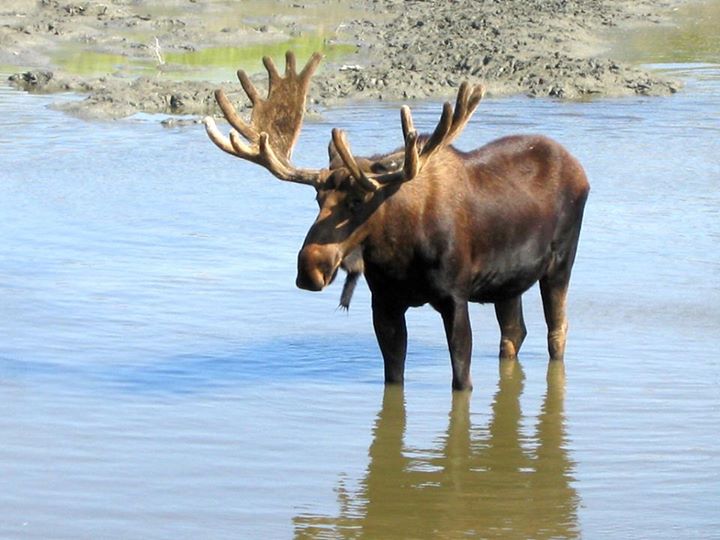The province of B.C. has developed a moose-tracking smartphone app to help monitor moose populations.

Now available through iTunes, the B.C. Moose Tracker app is supposed to be used when someone spots a moose. Users are told to log the number, sex, and location of the moose they see – information that will be entered into an online database that will alert staff to issues in the province’s moose population.
There are currently between 120,000 and 200,000 moose in B.C. According to a handout from the Ministry of Environment, hundreds of moose die each year after getting hit by cars and trains, and illegal poaching and legal hunting by First Nations is a major concern.
Legal hunting of moose is regulated, and the new app will help to educate hunters on the appropriate rules and licensing.
“The province is committed to ensuring sustainable wildlife populations throughout B.C. and informs its management decisions with the best available scientific research,” said Steve Thomson, Minster of Forests, Lands ad Natural Resource Operations, in a release. “The Moose Tracker app gives us a cost-effective way to identify demographic trends and inform B.C.’s moose
management framework.”
The app was funded through the Habitat Conservation Trust Foundation which funds environmental and wildlife conservation efforts throughout the province.
Ross Peck, chair of the foundation, says hunters will be an integral part of the app’s success.
“Hunters hold a tremendous amount of knowledge about what’s happening out on the landscape. They have long supported – and participated in – important conservation initiatives, and this app provides a new means for them to contribute to the sustainable management of wildlife in B.C.,” said Peck.
The modern approach to wildlife management is part of the province’s 2016 moose management plan. Its release is during a five-year research study investigating a declining moose population, involving 11 wildlife biologists, one wildlife veterinarian, and other staff.
Through the study, over 200 moose will be radio collared and their movements will be tracked and their causes of death with be investigated.




Comments